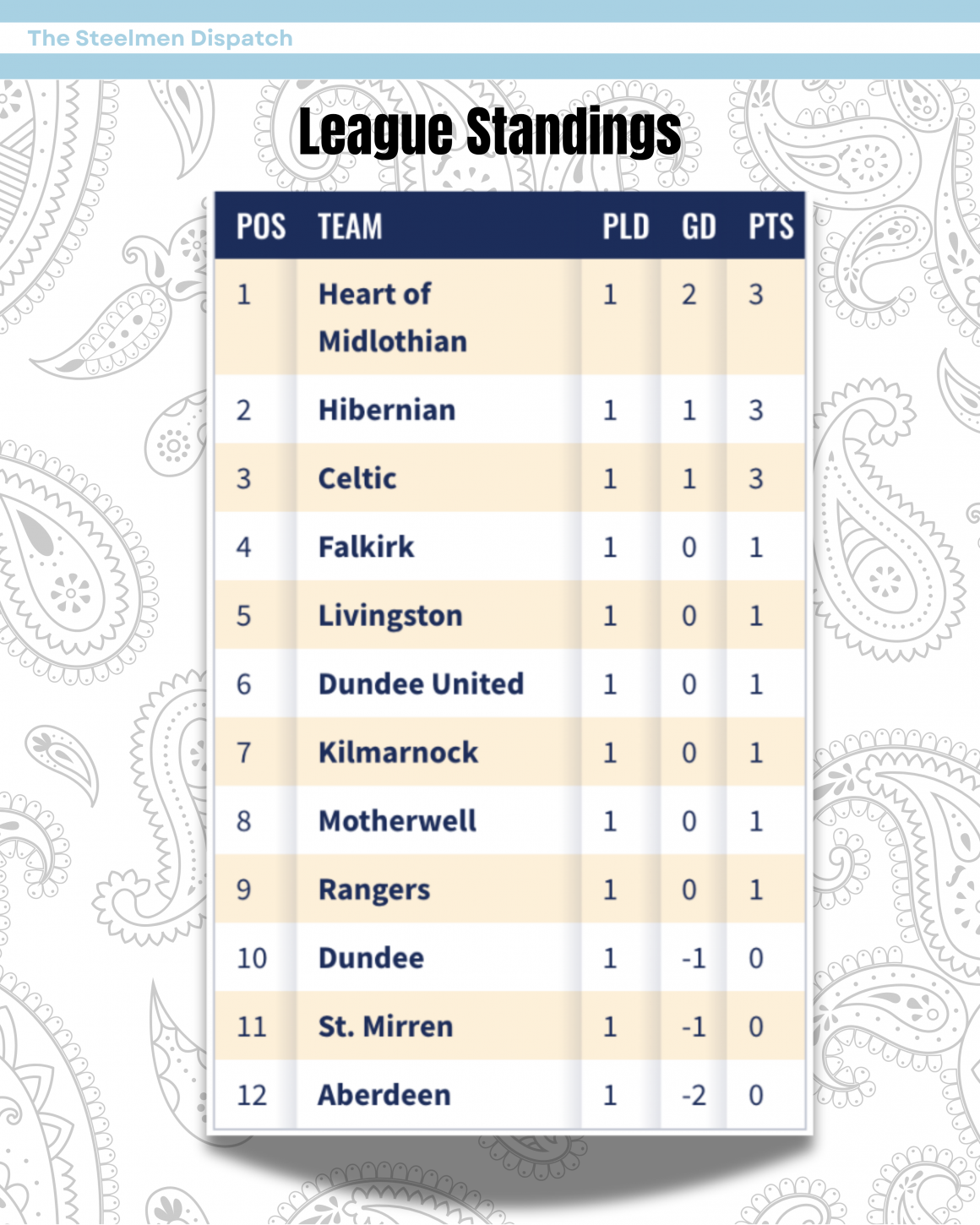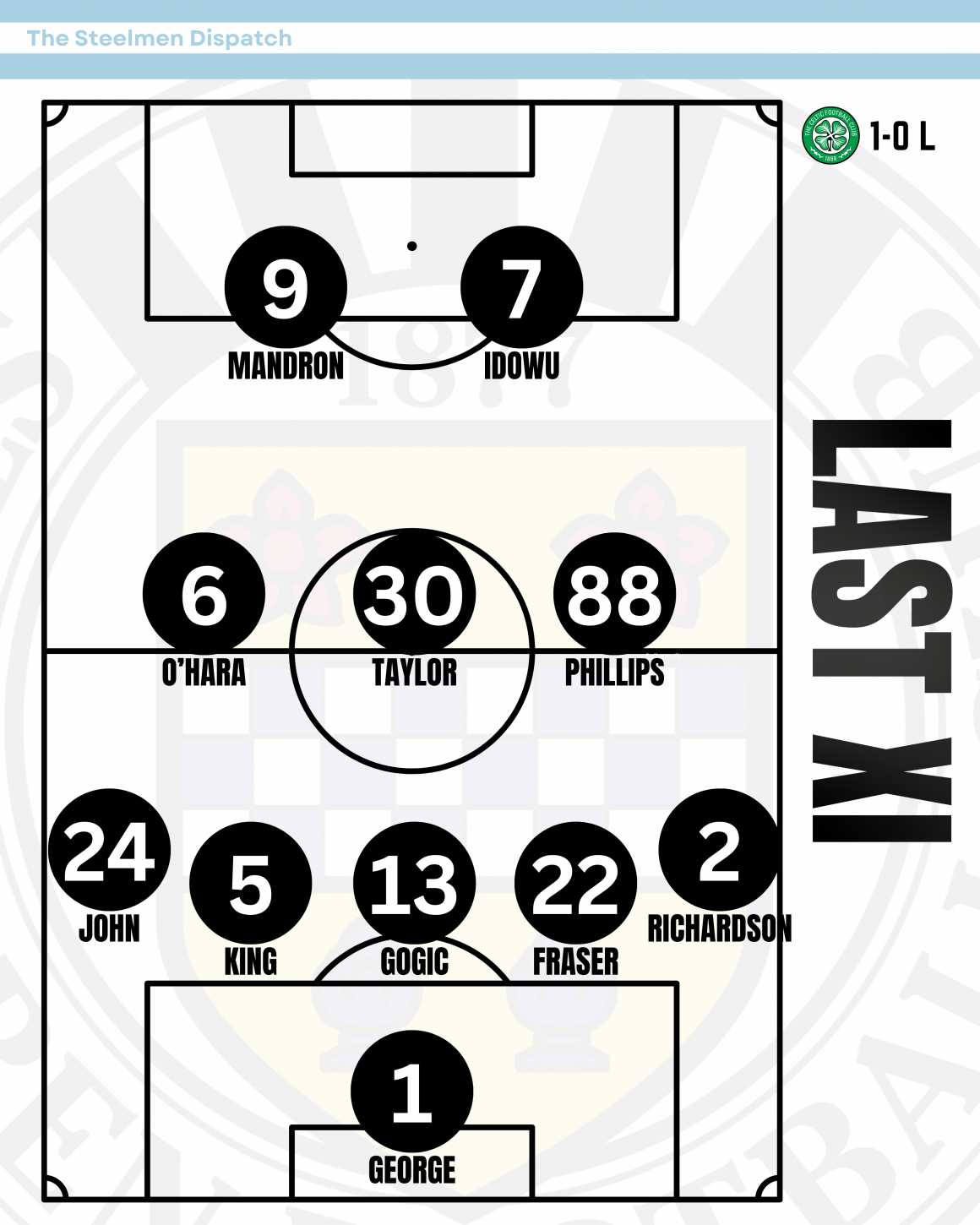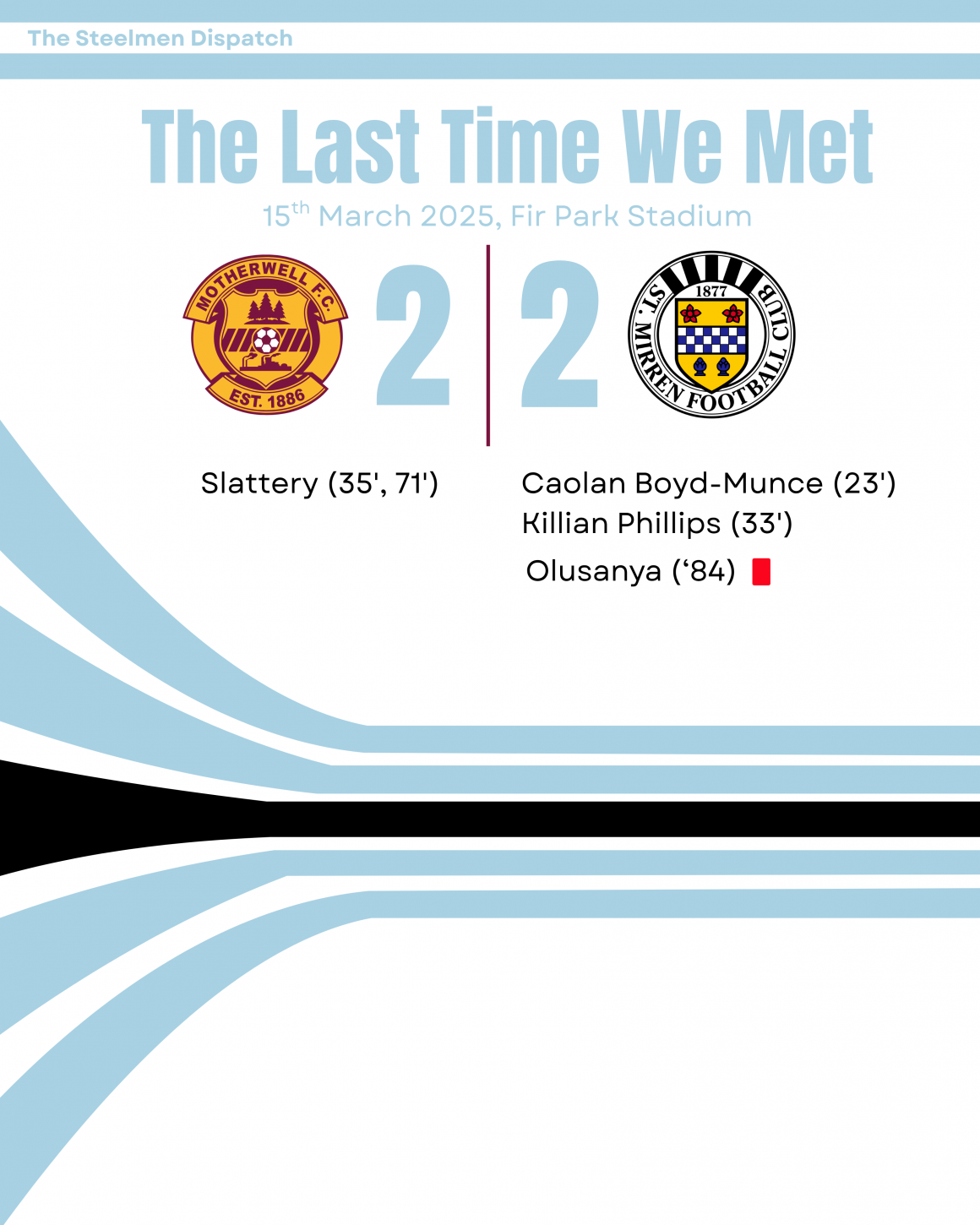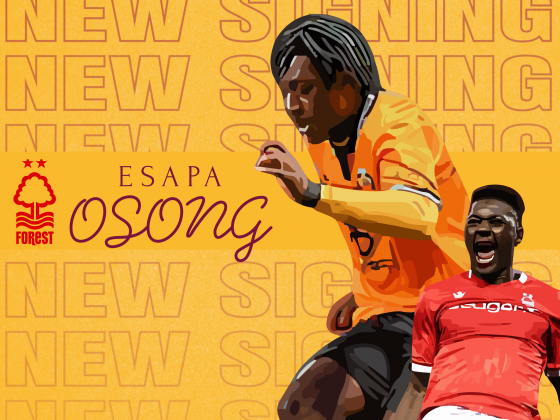The Dossier is the new Steelmen Dispatch pre-match analysis. Read on for tactical briefs, quotes from the opposition, and more. Today’s analysis is a shorter version due to work on another project coming soon – Scotland fans keep your peelers peeled!

St Mirren’s identity is one of physicality. They’re a resilient and physically imposing side built under former Motherwell manager Stephen Robinson. They primarily build on defensive organisation and direct play, they prioritise winning duels and capitalising on set-pieces, which makes them a difficult team to play against.

Structurally, they usually defend in a 5-3-2 and build into a 3-4-1-2: three centre-backs spread, wing-backs advance, a double pivot holds and Mark O’Hara steps on to join the front line for second balls. That shape recurs across their match logs, and when the opponent is stronger they’re comfortable ceding the ball; for example, away to Celtic late last season they had 24% possession in a 3-5-2, which matches the mid-block, direct-release feel rather than a constant high press. Their chance creation is wing-first rather than combination-heavy: crossing volume is spread across the flank and even the outside centre-back lane (Tanser 123 crosses; O’Hara 113; Phillips 68; Fraser 46 in the league), and the spine’s foul/card profile is exactly what you’d expect from a team that leans into contact (Gogic 9Y/1R with 33 fouls; Phillips 9Y with 45 fouls; Fraser 8Y/1R). Put simply, they funnel you wide, contest the first ball, and try to win territory and restarts from the collisions that follow.
The numbers frame that as a mid-table, hard-to-shift unit: last season they finished 6th with a 14-8-16 record and a –6 goal difference (53 for, 59 against), which is the profile of a team that keeps games tight rather than running away with them. Their goalkeeping output was serviceable rather than elite (team save percentage 61.6%; Hemming 64.6%, Balcombe 58.9), which underlines why preventing clean looks and managing second balls matters more than drawing them into aerial duels they often enjoy.


If there’s a route through Paisley, it runs along the margins of St Mirren’s shape. Their back five invites you wide, their centre-backs relish the first header, and the crowd feeds on the collisions. The game tilts, though, when the ball slips past that first contest—into the seam between the outside centre-back and the wing-back, or back to the penalty spot after a switch. That’s where St Mirren’s order can fray for a heartbeat: not in a wrestling match at the far post, but in the quiet half-second when a low pull-back arrives and defenders are still resetting from the initial duel.

